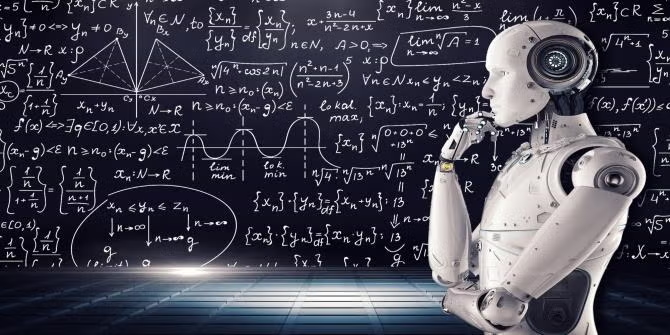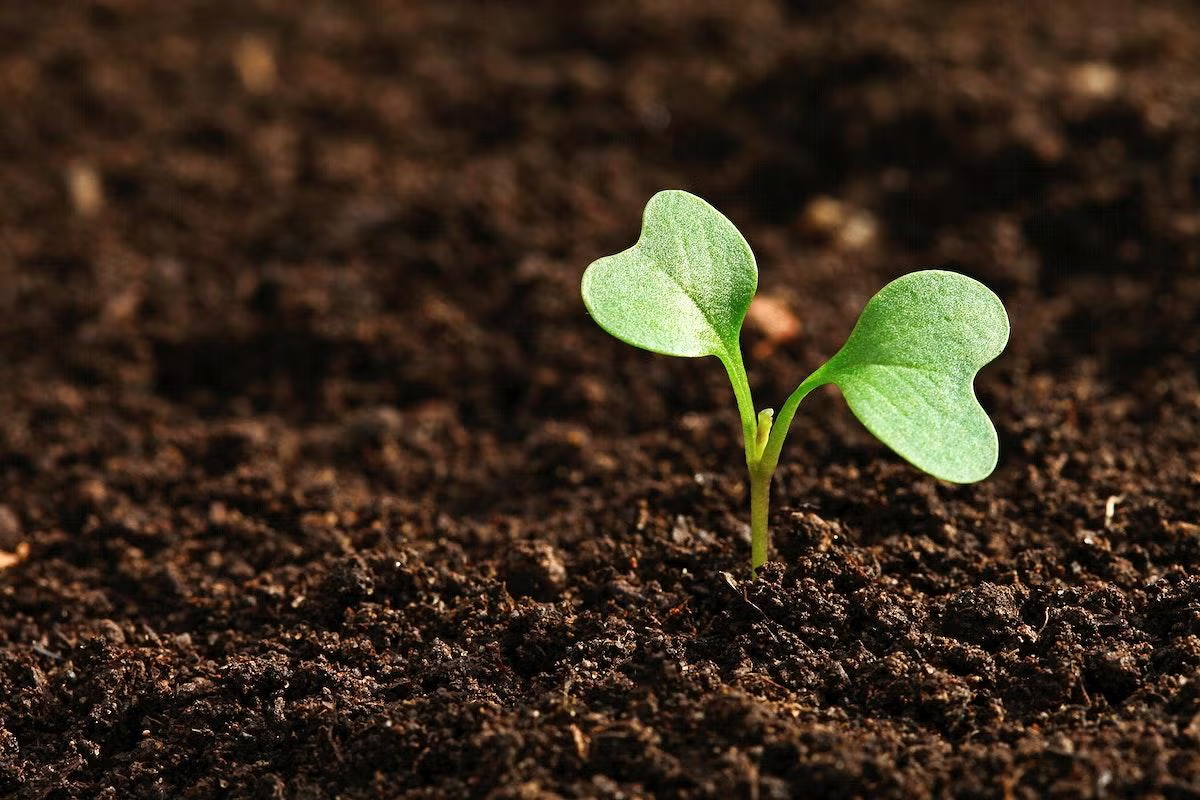Grades:
8th Grade, 9th Grade
Connect real world situations to the graphs of parabolas through flight. Groups will create PVC stomp rockets, collect data of their rocket's flight path and graph this path on paper to compare to
Grades:
3rd Grade, 4th Grade
This is lesson 4 out of a unit of 4 lessons about habitats. In the proceeding lessons, students researched habitats and animal adaptations. This lesson is a presentation of information using a variety
Grades:
4th Grade, 5th Grade, 6th Grade
This lesson plan includes ideas and materials centered on Mark Kelly's book Mousetronaut. The students will be discussing gravity and listening to the book. They will then be participating in an
Grades:
5th Grade
In this lesson, students will create a model of the solar system by shrinking the dimensions of the distances. Students will read an informational text about the features of the planets and view a
Grades:
Kindergarten
In this engaging lesson, students will participate in an engineering challenge or STEM activity that connects to a read aloud. Students will communicate solutions that will reduce the impact of humans
Grades:
6th Grade, 7th Grade
Students will learn basic concepts of physics, including velocity, motion, and vector. S tudents will develop and use a model to predict how forces act on objects at a distance. Finally students will
Featured
Dash Around the Table
Grades:
2nd Grade
This is about a one hour lesson where students work in small groups of 2-4 to get their robot around their table using estimation of centimeters. Students will write a program in Blockly that gets the
Grades:
2nd Grade
It's time to lay down roots in this hands-on lesson! Students will construct a model of plant roots using Play-Doh. They will explain the different parts of a plant and the different roles the parts
Grades:
5th Grade
In this lesson students will explain all three of Newton’s laws of motions. Students will collaborate and communicate effectively with their peers to complete an engineering design challenge to design
Grades:
7th Grade
Students will design balloon rockets in order to solidify an understanding of Newton's Third Law of Motion . Students will develop an investigation question and then perform their investigation. For
Grades:
5th Grade
In this hands-on lesson, students will work together to build a system where energy is transferred between objects for as long as possible (i.e. Newton’s Cradle). Students continue the work that began
Grades:
7th Grade
This lesson plan will help students appreciate the concept of volume. Students will measure the dimensions of the real-life prisms given to them then calculate its volume using the formula given
Grades:
7th Grade
This is Task 1 (Lesson 1) of four tasks (lessons) of an overall project of “Escaping 7th Grade Science Room.” Students will be constructing a mini zip-line after reviewing concepts. Students will
Grades:
5th Grade, 6th Grade
This hands-on lesson has students create a barometer using a jar, balloon, stir stick and tape. They collect data over a span of time and graph it to understand how a barometer works and how it
Grades:
4th Grade, 5th Grade, 6th Grade, 7th Grade, 8th Grade
In this hands-on lesson, students learn how to get their drone into the air. It covers hovering, yaw, roll, and pitch. Before the students launch their drones, there is a discussion about preparing
Grades:
6th Grade
In this hands-on lesson, students will construct a paper windmill. They put it to the test by using a fan to see how their fan holds up to the wind. This is a great way to cover science, engineering
Grades:
8th Grade
Using rock salt, ice, juice, and thermometers, students will use their inquiry framework to investigate how slushies are made and see if they are able to replicate the results of a traditional slushy
Grades:
6th Grade, 7th Grade, 8th Grade
Environmental Masters of Disaster Team (groups of 3-5 students) will choose an man-made environmental disaster, analyze its effects, then engineer a method or prototype to solve the problem.
Grades:
3rd Grade
This lesson is the initial planning, sorting, and planting lesson to get Our Plot of Sunshine Curriculum started within a 3rd grade classroom. Can be modified for other grades, but math within this
Grades:
4th Grade, 5th Grade, 6th Grade, 7th Grade, 8th Grade
In this engaging lesson, students use LEGOs to create a working seismograph. Included are all the materials you will need, video links, a pre and post assessment and rubric. Students will enjoy this
Grades:
6th Grade
This is the second part of the egg drop challenge. Students will improve on their original design and make a new design to test and analyze.
Grades:
5th Grade
In this STEM lesson, 5th grade students will apply what they have learned about the affect gravity and friction have on an object’s mobility by engineering simple machines to change the ending of the
Grades:
5th Grade
In this engaging and hands-on lesson, students will learn how crime scene investigators use science and engineering techniques and technology to solve crimes. Students will match substances based upon
Grades:
9th Grade, 10th Grade
In this lesson plan, students make use of their knowledge about homoestasis, osmosis, and types of solutions to design their own science investigation that will enable them to prove and answer: Why it
Featured Lesson Plans
Check out these notable lesson plans.

Featured
Saltwater vs. Freshwater
Grades:
5th Grade
In this lesson students will show the proportion of freshwater compared to saltwater on Earth. Students will define the problem of having a limited amount of fresh water using evidence gathered from

Grades:
7th Grade
In this outstanding lesson, teachers facilitate students to design and build Meet Edison Robots for Cougar Clash “BattleBot” robot battle classroom tournament. (We named ours Cougar Clash as your

Grades:
2nd Grade
This is the final lesson for the How do sunflowers grow? unit. In this lesson, students will plant their sunflowers outside. They will continue to monitor the growth of their sunflowers. They will


